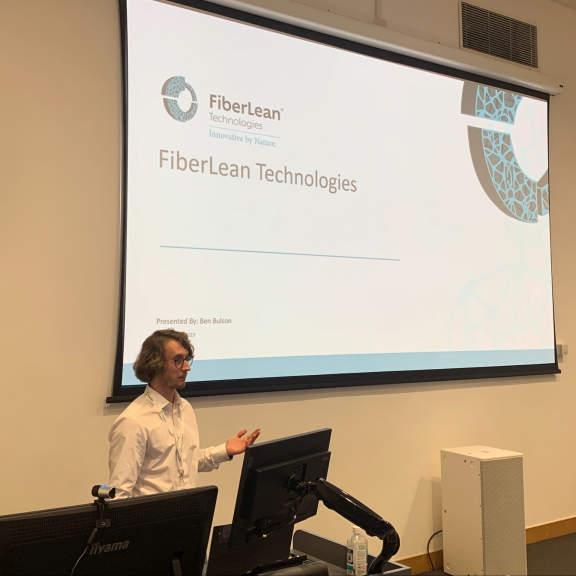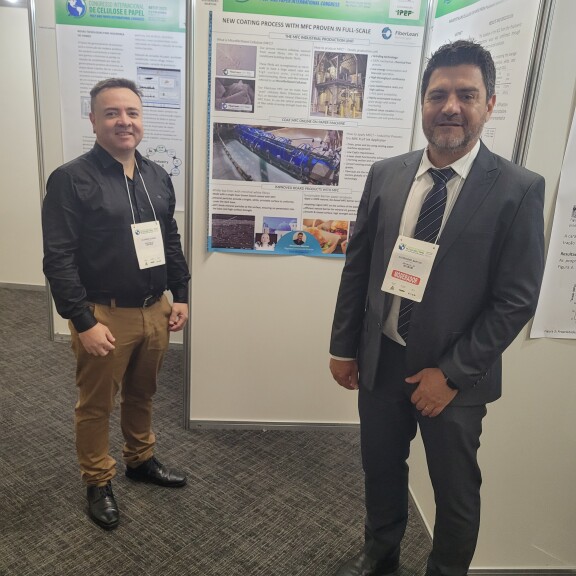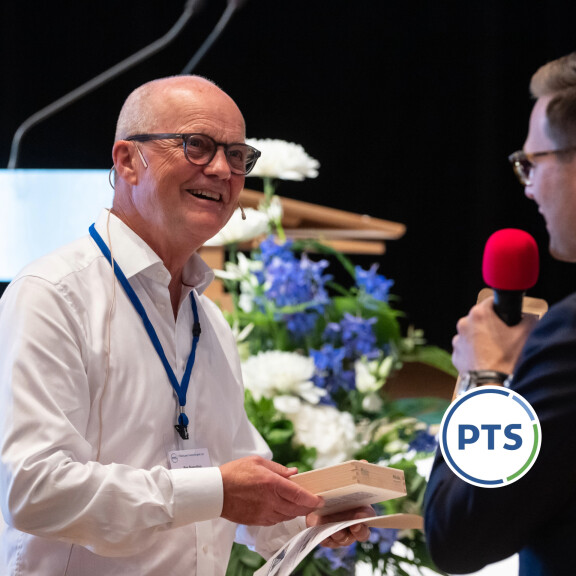News & Media

Posted in News on 24 November 2023
Ben Bulson recently attended The University of Plymouth/Royal Society of Chemistry networking event connecting local companies in chemistry-related fields with students.
Posted in News on 19 October 2023
FiberLean attended the 55th Pulp and Paper Congress from 17-19 October 2023. Read More to check out our comprehensive poster on 'New Coating Process with MFC proven at Full Scale'.


Posted in News on 20 September 2023
FiberLean recently attended PTS Coating Symposium 2023 in Bamberg, Germany. Missed Out? Read Per Svending's Presentation Here.
Posted in News on 19 September 2023
The FiberLean Team attended Specialty Papers EU 2023. Missed Out? Catch Up on Tom Larson's Presentation here.


Contact us
Collaboration is our way to create value. FiberLean is made up of engineers, paper mill professionals, scientists and individuals who care about our future.
Contact
Request for more information
To make an enquiry please complete the form below.
